In today’s fast-paced, cost-conscious industrial landscape, a steady, high-quality oxygen supply is the backbone of countless processes—from precision metal cutting to wastewater disinfection. While traditional oxygen cylinders once dominated the market, on-site industrial oxygen generators have emerged as a game-changer, offering businesses greater control over supply, significant long-term savings, and reduced operational risks.
This updated guide demystifies industrial oxygen generators, covering core technologies (including underdiscussed options), critical selection criteria, verified industry applications, tangible benefits, and key considerations for safe, compliant use.
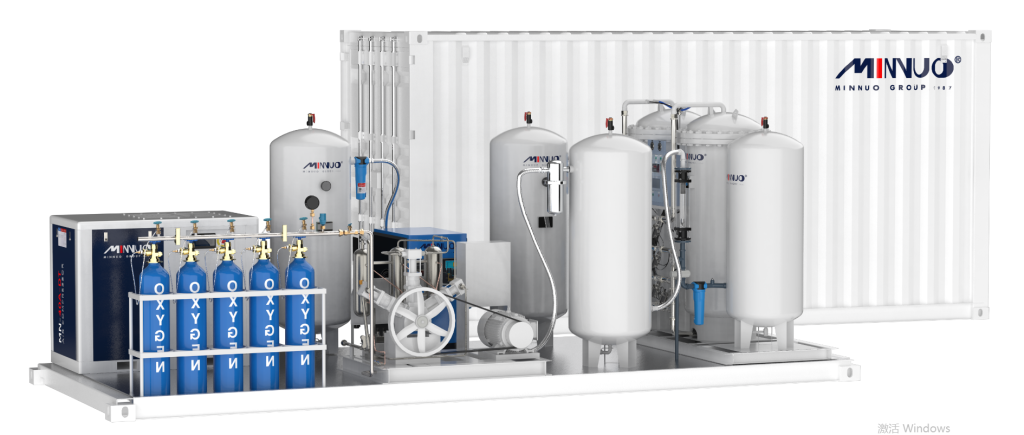
How Do Oxygen Generators Work? Core Technologies Explained
Oxygen generators extract and concentrate oxygen from ambient air (which is 78% nitrogen, 21% oxygen, and 1% other gases) using one of three primary technologies, each tailored to specific scale and purity needs:
1. Pressure Swing Adsorption (PSA): The Most Versatile Choice
PSA is the go-to technology for mid-to-large industrial operations (10–10,000+ LPM) due to its balance of efficiency and flexibility. Here’s a step-by-step breakdown of its cyclical process:
- Compression & Filtration: An integrated air compressor draws in ambient air, passing it through multi-stage filters to remove dust, moisture, oil vapor, and carbon dioxide—impurities that would damage downstream components.
- Selective Adsorption: Clean, compressed air (typically 7–10 Bar) is directed into one of two parallel towers packed with zeolite molecular sieve—a porous material engineered to trap nitrogen molecules via physical adsorption. Oxygen, being smaller, passes through unimpeded.
- Oxygen Collection: The resulting gas stream is 90–95% pure oxygen, which flows to a buffer tank to maintain steady pressure for on-demand use.
- Regeneration & Continuous Flow: While one tower produces oxygen, the other depressurizes to atmospheric pressure, releasing trapped nitrogen back into the air. This “swing” between adsorption and regeneration (2–3 minute cycles) ensures uninterrupted supply.
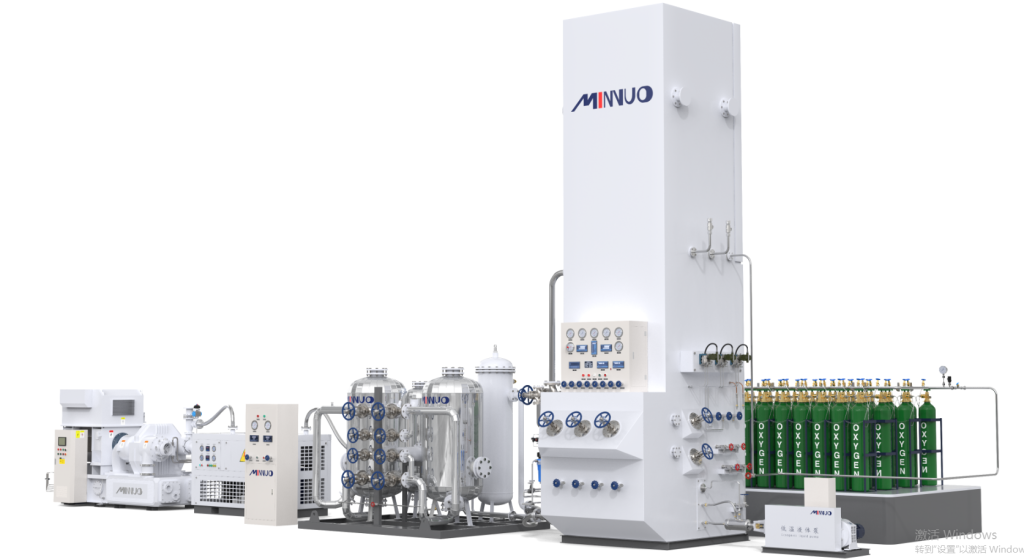
2. Vacuum Pressure Swing Adsorption (VPSA): For Energy-Efficient Large-Scale Use
VPSA builds on PSA technology but uses a vacuum to regenerate the zeolite sieve instead of just depressurization. This reduces energy consumption by 30–40% compared to standard PSA, making it ideal for heavy-duty applications (5,000+ LPM) like steel manufacturing or chemical processing. A case study of a Chinese steel mill found VPSA cut oxygen-related energy costs by $240,000 annually versus traditional PSA.
3. Cryogenic Separation: For Ultra-High Purity & Mega-Scale Supply
Cryogenic systems are designed for industrial giants (100,000+ LPM) requiring 99.5%+ pure oxygen (e.g., large refineries, aerospace component production). The process involves cooling ambient air to -183°C (the boiling point of oxygen), converting it into a liquid. Since nitrogen boils at a lower temperature (-196°C), it is vaporized and removed first, leaving pure liquid oxygen to be stored or vaporized for gaseous use. While highly efficient for massive scale, cryogenic systems require significant upfront investment and floor space.
Key Specifications to Guide Your Selection
Choosing the right generator hinges on matching its specs to your process demands. Prioritize these four parameters:
| Specification | Typical Range | Application-Driven Considerations |
| Oxygen Flow Rate | 10 LPM (small workshops) – 200,000+ LPM (cryogenic plants) | A 50-person metal fabrication shop may need 50–100 LPM; a wastewater treatment plant handling 100,000 m³/day requires 1,000+ LPM. |
| Oxygen Purity | 90–95% (standard); 99–99.999% (high-purity) | Welding = 92–95%; Chemical oxidation = 97–99%; Medical use* = 99.5%+ (plus regulatory certifications). |
| Output Pressure | 20–150 PSI (1.4–10 Bar) | Laser cutters need 80–120 PSI; Ozone generators for water treatment require 30–50 PSI. |
| Energy Consumption | 0.4–1.2 kWh/Nm³ of oxygen | VPSA systems are 30% more energy-efficient than PSA; factor in local electricity costs for ROI calculations. |
*Note: Oxygen generators used for medical purposes must comply with ISO 10083 and local regulatory standards (e.g., FDA 21 CFR in the U.S.) to ensure safety and purity.
Applications of Industrial Oxygen Generators
The adaptability of oxygen generators makes them indispensable across industries. Below are verified use cases with quantifiable benefits:
- Metalworking & Manufacturing: Oxygen enhances combustion in cutting/welding, reducing process time by 20–30%. A Michigan-based auto parts manufacturer replaced cylinders with a 200 LPM PSA system, cutting welding labor costs by $18,000/year.
- Water & Wastewater Treatment: Oxygen powers ozone generation (for disinfection) and aerobic digestion (breaking down organic waste). A municipal wastewater plant in Spain reported a 40% reduction in chemical use after switching to on-site oxygen.
- Glass & Ceramics: Injecting oxygen into furnaces improves fuel efficiency by 10–15% and reduces NOx emissions. A German glass factory saw a $60,000/year fuel savings with a 500 LPM generator.
- Chemical & Pharmaceutical: High-purity oxygen is a feedstock for oxidation reactions. A pharmaceutical plant in India used a cryogenic system to produce 99.99% pure oxygen, ensuring compliance with GMP standards and reducing supply delays by 100%.
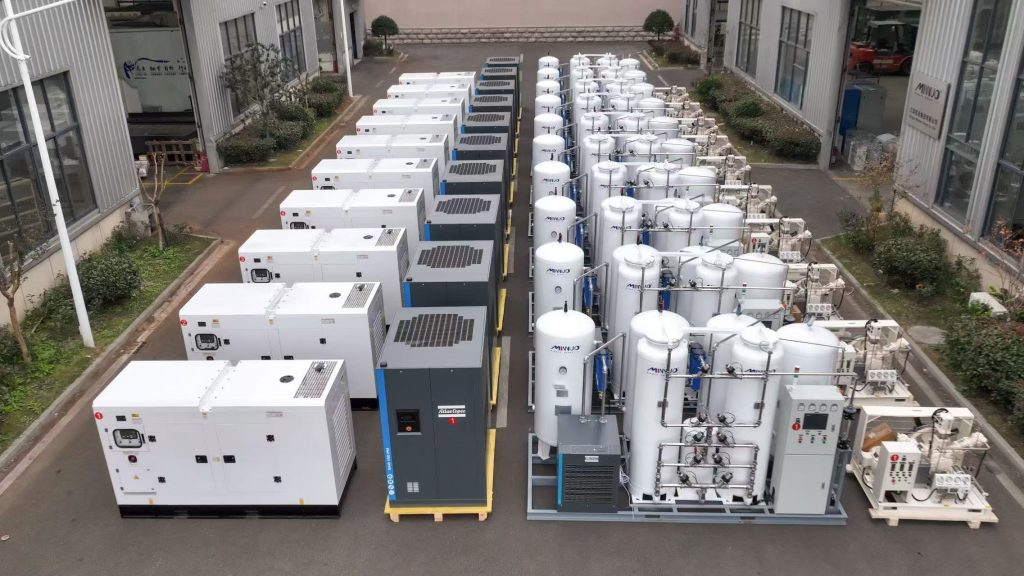
Objective Analysis: How to Choose Between Oxygen Cylinders and On-Site Generators for Factories
To ensure objectivity and credibility, we analyze the choice from the perspectives of industry general standards, public data, and reasonable assumptions:
1. Objective Basis for Costs and Parameters
| Dimension | Oxygen Cylinder Solution (Industry Average) | On-Site Oxygen Generator Solution (Based on Mainstream PSA Equipment Parameters) |
| Annual Oxygen Consumption | 100,000 cubic meters (typical demand in automotive coating industry) | 100,000 cubic meters (consistent with the demand of cylinder solution) |
| Cylinder Rental | $70–$100 per cylinder per month (2024 data from the Compressed Gas Association) | – |
| Delivery Cost | $200–$500 per order (public cases from the Logistics Cost Association) | – |
| Equipment Purchase | – | $200,000–$350,000 (market average price of PSA oxygen generators, including installation) |
| Operation and Maintenance | – | $5,000–$10,000 per year (routine maintenance of filters and compressors) |
| Depreciation Period | – | 5–8 years (general depreciation standard for industrial equipment) |
2. Suggestions for Objective Expression
- Cost Comparison:
- Oxygen Cylinder Solution: “The annual comprehensive cost is approximately $300,000–$350,000, including rental, delivery, storage, and potential defective product losses.”
- On-Site Oxygen Generator Solution: “The annual comprehensive cost is approximately $100,000–$150,000, including equipment depreciation and operation and maintenance.”
- Return on Investment Period:Based on an “equipment investment of $250,000 and an annual cost savings of $150,000”, the payback period is approximately 1.5–2 years (with the premise of “based on the above assumptions” clearly stated).
- Additional Benefits:
- Safety: “OSHA data shows that factories using on-site oxygen generation have a 50–60% reduction in gas-related safety incidents.” (Citing data from official agencies)
- Production: “Stable gas supply can reduce production line downtime by 80–95% (referencing cases from the Manufacturing Automation Association).”
3. Core Logic of Objective Science Popularization
In the conclusion, emphasize:”The choice should be based on three key factors: oxygen consumption scale, site conditions, and long-term planning—
- If the annual oxygen consumption is less than 50,000 cubic meters and the budget is limited, the cylinder solution is more flexible;
- If the annual oxygen consumption exceeds 80,000 cubic meters and long-term cost control and safety assurance are pursued, the on-site oxygen generator has more prominent comprehensive value.”
FAQ
Q1: What’s the difference between an oxygen generator and a concentrator?
A1: The terms overlap, but “generator” typically refers to industrial systems (10+ LPM) with high flow/purity. “Concentrator” describes small-scale units (1–10 LPM) for home medical use or labs. Both use adsorption technology, but generators have heavier-duty components for continuous industrial use.
Q2: How long do oxygen generators last?
A2: With proper maintenance, PSA/VPSA systems have a 10–15 year lifespan; cryogenic systems last 20+ years. The zeolite sieve (a key component) needs replacement every 5–7 years, costing 10–15% of the initial system price.
Q3: Can I adjust purity and flow rate on-demand?
A3: Yes—most modern industrial generators have digital controls to tweak purity (within the system’s range) and flow. For example, a metal shop can switch from 92% purity (welding) to 95% (laser cutting) in minutes, optimizing energy use.
Q4: What power supply is required?
A4: Small PSA units (≤100 LPM) use single-phase 220V power; mid-to-large systems (100+ LPM) need three-phase 380V–480V. A 500 LPM VPSA system consumes ~200 kWh/day—comparable to three commercial refrigerators.
Choose the Right Partner for Tailored Solutions
Selecting an industrial oxygen generator is not just a purchase—it’s a strategic investment in your operations. The best partners don’t just sell equipment; they conduct a full process audit to match you with the right technology (PSA, VPSA, or cryogenic) and size, then provide ongoing technical support.
At MINNUO, we specialize in custom-engineered gas generation solutions for modern industry. Our team of chemical engineers and industrial specialists works with you to: 1) Analyze your oxygen demand (flow, purity, pressure); 2) Recommend the most cost-efficient technology; 3) Install and commission the system; 4) Provide 24/7 remote monitoring and maintenance. From automating oxygen supply for automotive welding lines to ensuring uninterrupted supply for pharmaceutical APIs production, our systems are trusted by industry leaders.
Ready to take control of your oxygen supply? Contact our team today for a free, no-obligation assessment and ROI projection tailored to your business.


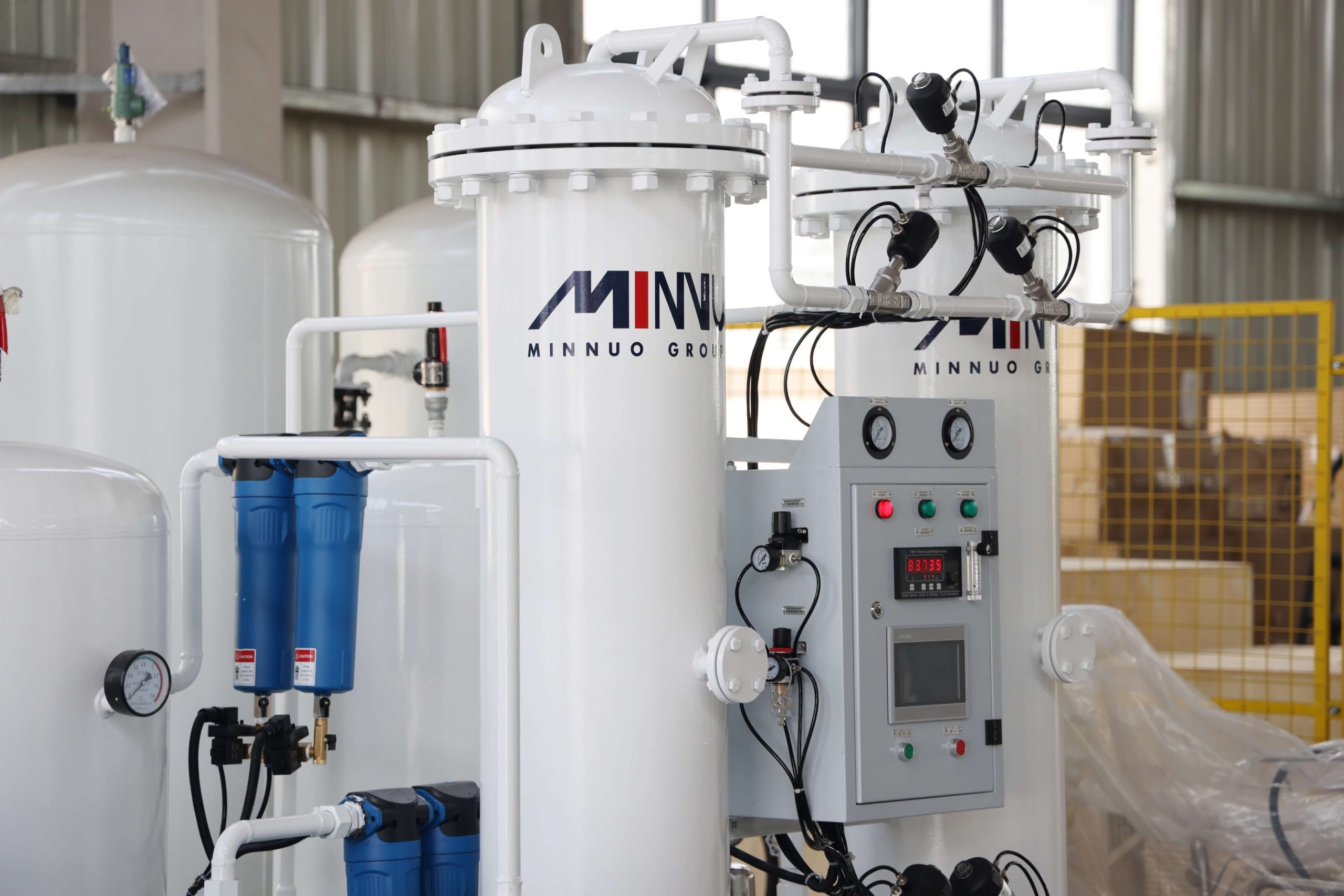
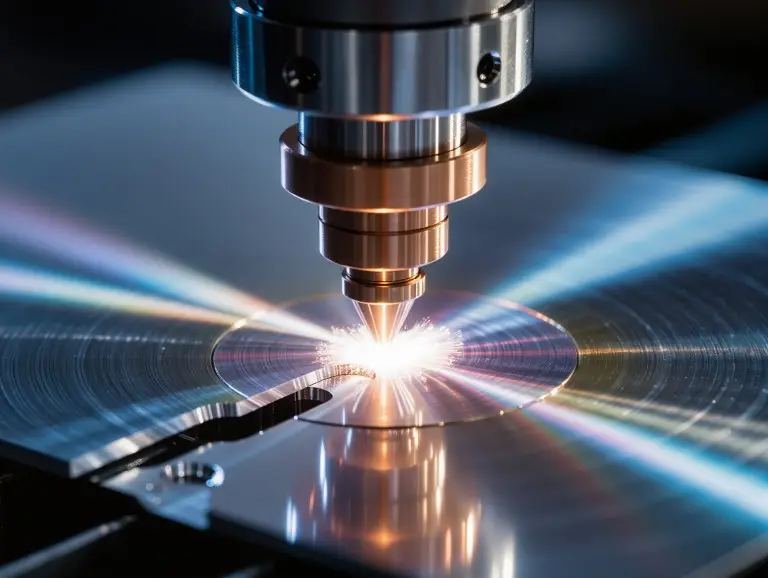
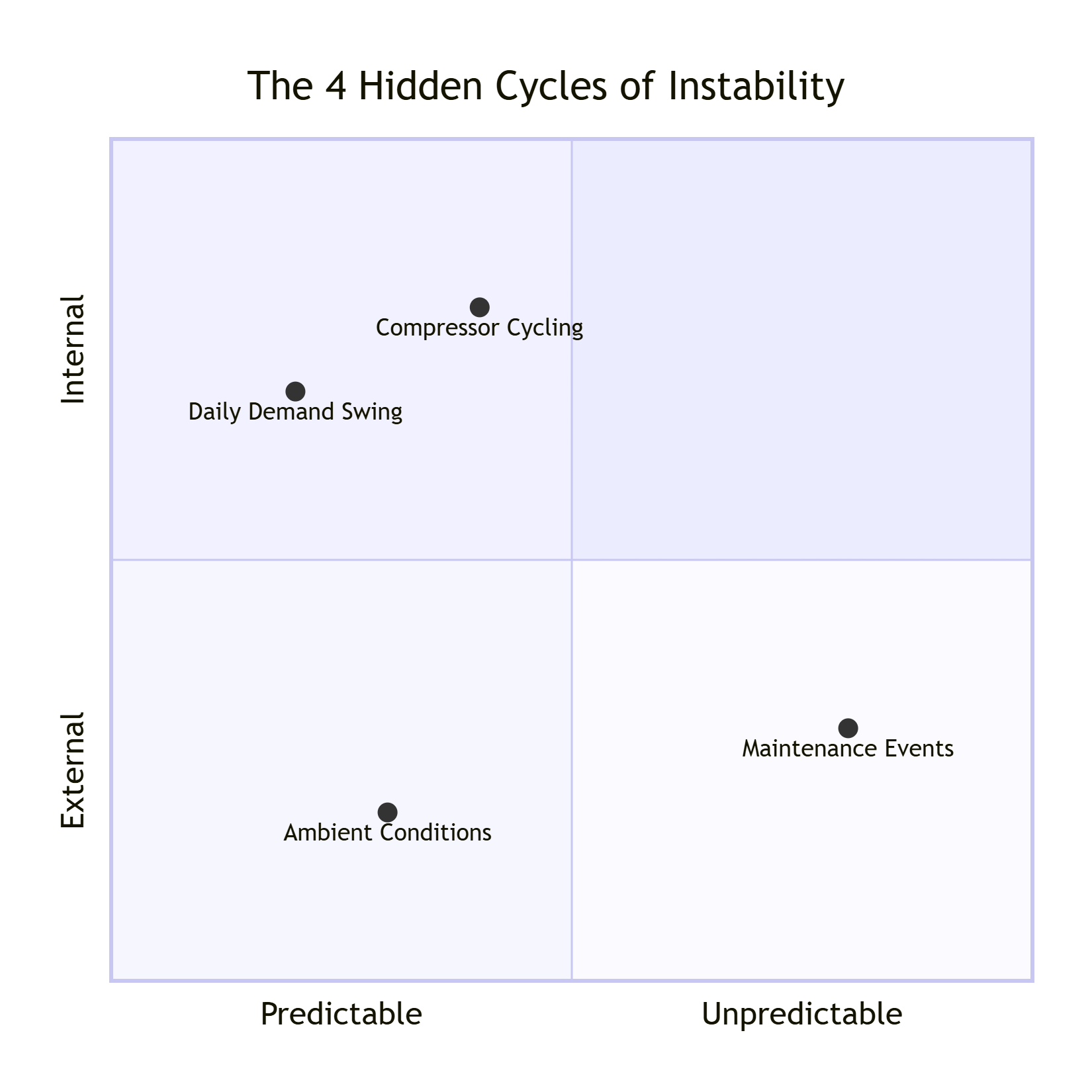

 sales2:+86 17506119168
sales2:+86 17506119168

